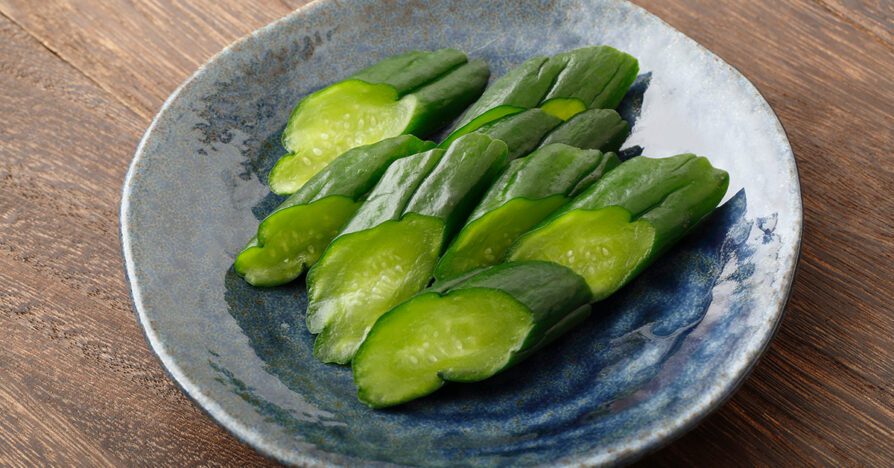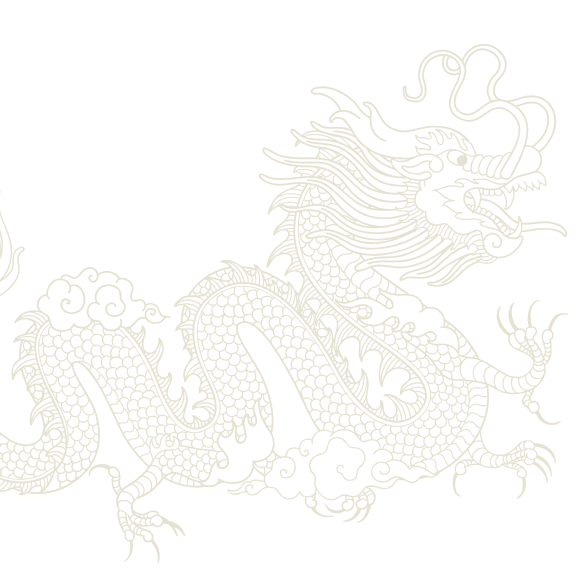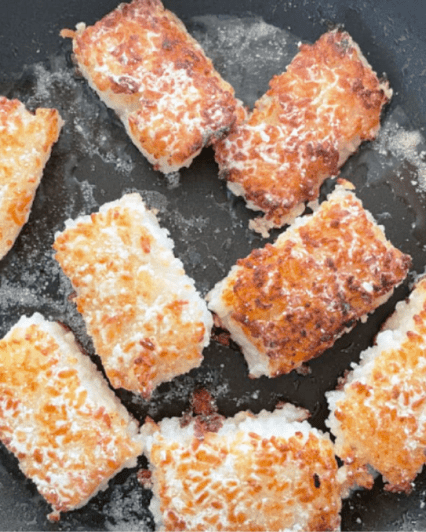A Guide to Japanese Pickled Vegetables
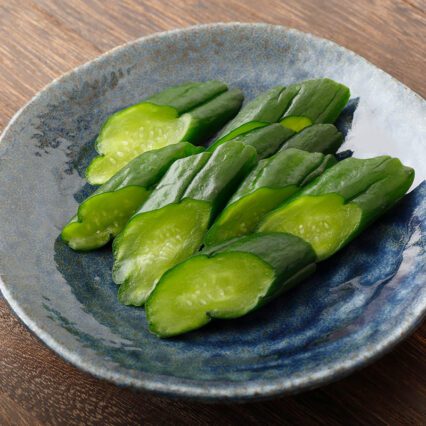
A Guide to Japanese Pickled Vegetables
This method of preparation came about to preserve foods thousands of years ago. Yet while pickling was born out of necessity, the result ended up being diverse food that’s not only delicious, but great for you.
It depends on the base ingredients of course, but fermented and pickled foods are generally high in many vitamins and minerals and excellent for your gut health. Many Japanese pickled products are less “pickle”-ish than their Western counterparts, so are often brighter and fresher tasting.
Here are seven of our favorite tsukemono or Japanese pickled vegetables:
Takuan
Here we have the yellow pickled daikon radish. Takuan has a sweet, salty and tangy flavor and is a popular ingredient in sushi.
Takuan is made by hanging daikon radish and sun-drying them until they become dehydrated. They are then fermented with salt, rice bran and kombu for months which is how it results in its yellow color.
It’s been made in Japan for at least 500 years and is popular there and in Korean cuisine as a side dish alongside other more substantial foods.
Takuan can be pretty addicting for its crunchy, satisfying texture, while its freshness helps refresh the palate and cut through heavier food. Similar to ginger, it’s also eaten after a meal to help with digestion.
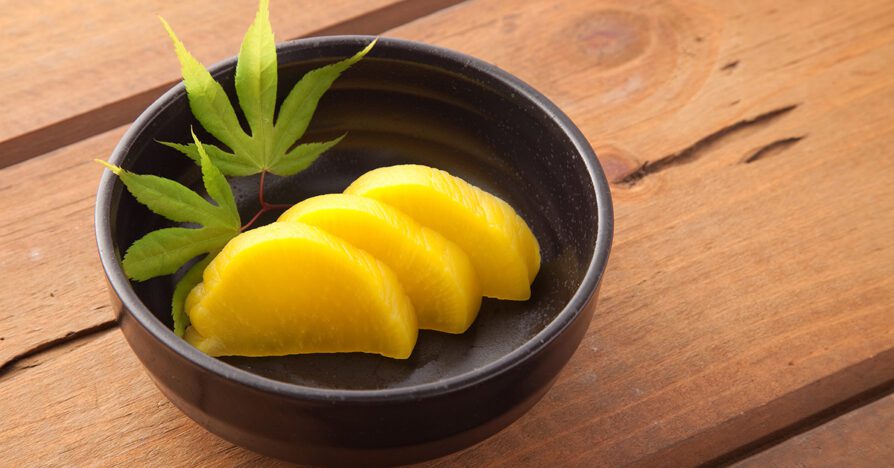
Fukujinzuke
Unlike takuan, fukujinzuke isn’t just one type of vegetable. (In fact, it can also include daikon.) It’s kind of like a relish and can include many different vegetables like cucumber, eggplant, lotus root, bamboo shoots, and other variations.
These ingredients are salted before being briefly boiled in a marinade of soy sauce, sugar, and mirin, and then left in the marinade for longer. This leaves the mixture tasting slightly sweet and tangy.
Fukujinzuke is especially associated with Japanese curry, where it’s served as a garnish along with rice. The flavor complements the rich curry, while the light crunch contrasts textures.
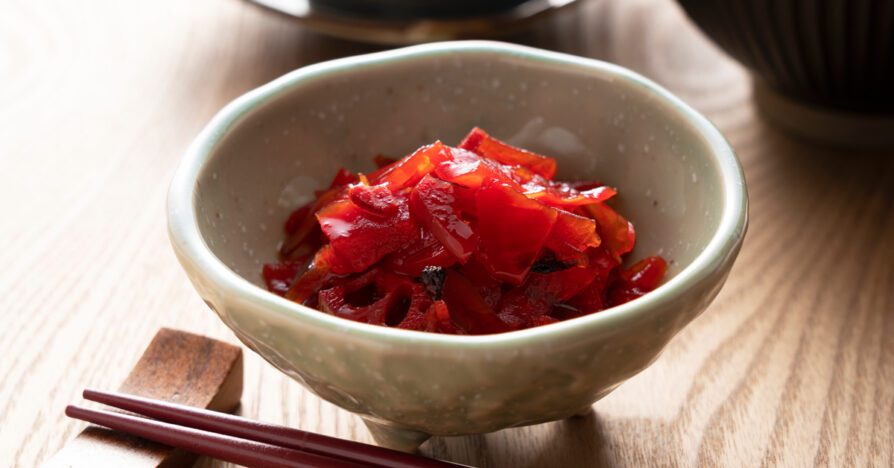
Beni Shoga
Beni shoga is extremely recognizable. That makes sense, given that it’s a vibrant reddish pink pickled ginger (and, in fact, translates to “red ginger”). It is made from young ginger that is pickled in umezu (plum vinegar). Some store-bought beni shoga is dyed artificially, but traditionally — and if you make it at home — its red color comes from the perilla plant, in Japanese known as aka shiso.
Not to be confused with the thinly-sliced pickled ginger served alongside sushi, beni shoga is julienned into thin strips and is less delicate. Beni shoga generally has a sharper flavor, but both are refreshing with a bit of spice.
It’s popularly used as a garnish on top of rice bowls, okonomiyaki, yakisoba, and other dishes. Just like so many pickled Japanese foods, it’s easy to make — it only takes 20 minutes or less to prepare and briefly blanch, and then a few hours to days of marinating in its brine and you’re good to go!
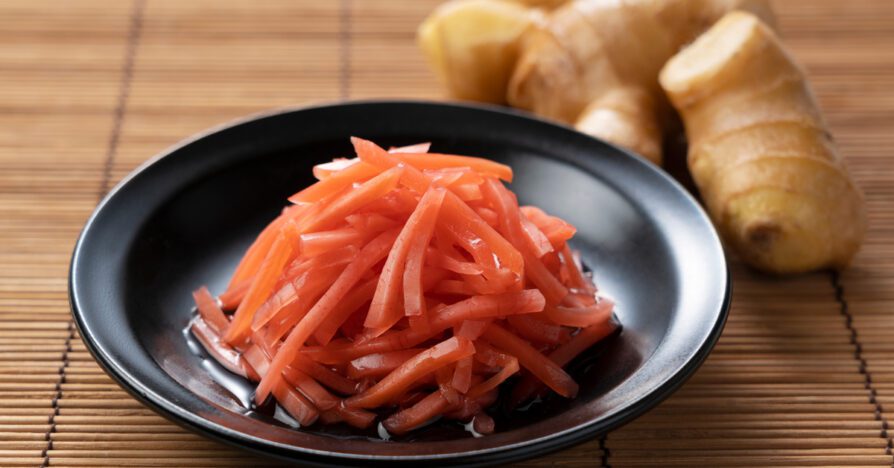
Umeboshi
Unlike the first three foods, which are all vegetables or roots we generally associate with savory flavors when fresh, umeboshi is a sweet fruit base: pickled ume plums!
Umeboshi also are pickled with the shiso plant just like beni shoga, so have a similar pink-red coloring (although being purpley-pink plums to begin with makes them even more vivid).
Instead of having a slightly tangy, refreshing taste like so many pickled foods, umeboshi are intensely sour and salty all at once. For this reason it can be somewhat of an acquired taste, but there’s also a reason they’re popular in Japan — because if that taste is one you acquire, you’ll find them extremely fun, delicious, and healthy.
Making umeboshi only requires three ingredients: ume plums, salt, and shiso. From there, the process is similar to that for making kimchi or sauerkraut. After a month or so of fermentation, you’ll have delicious umeboshi.
Umeboshi is often served with rice, in onigiri (rice balls), ochazuke (green tea rice soup) and okayu (rice porridge).
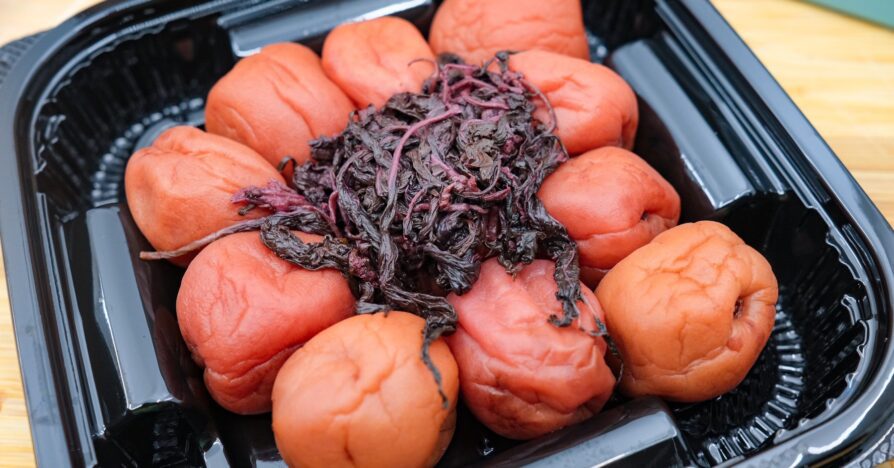
Gari
Unlike beni shoga, gari is the pickled ginger you get with sushi. It’s sliced extremely thin and is delicate and refreshing with a slight tangy kick. Gari is a fantastic palate cleanser to reset your taste buds in between sushi.
Thinly sliced ginger is brined in a sweet rice vinegar mixture. Gari has a pale yellow to light pinkish hue – the pink color comes from the use of young ginger.
While gari is associated most with sushi, it’s also a lovely condiment alongside many other foods. This is especially true because it’s so helpful with digestion; you can feel your stomach become calm and sometimes significantly less full immediately after eating just one slice.
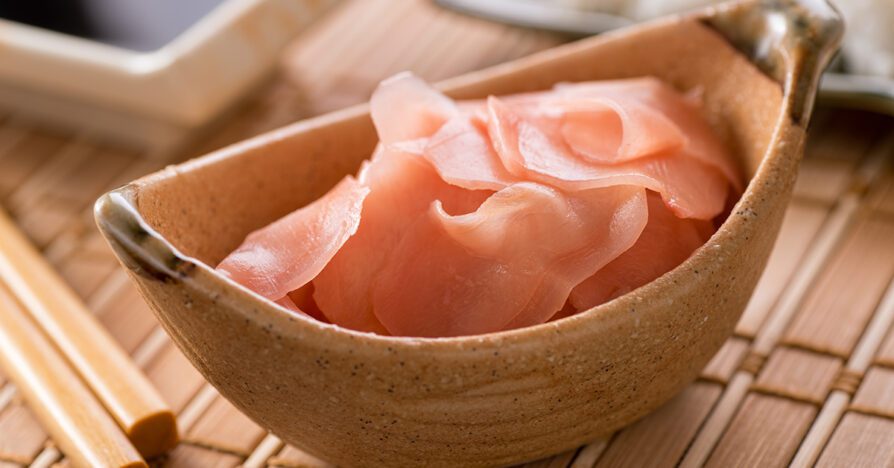
Shibazuke
Shibazuke, like fukujinzuke, includes eggplant — a plant not often associated in Western cuisine with pickling. Like beni shoga and umeboshi, shibazuke also includes shiso. And, like beni shoga and gari, it has ginger. Then to top it all off, it’s pickled in umezu, the brine resulting from the umeboshi pickling process.
Shibazuke is like a mish-mash of pickled goodness. Along with the aforementioned ingredients, it traditionally includes cucumber as well and can contain other ingredients, too.
This relish-like end product is thought to originate in Kyoto, where it’s said to have been made for over a millennium. The taste is salty and a bit tangy. Traditionally, the pickling process takes up to a week give or take, but some quick recipes will only require a day or two of fermentation. Once done, shibazuke is popular on top of rice bowls, or to add a tart, savory accent to any number of dishes.
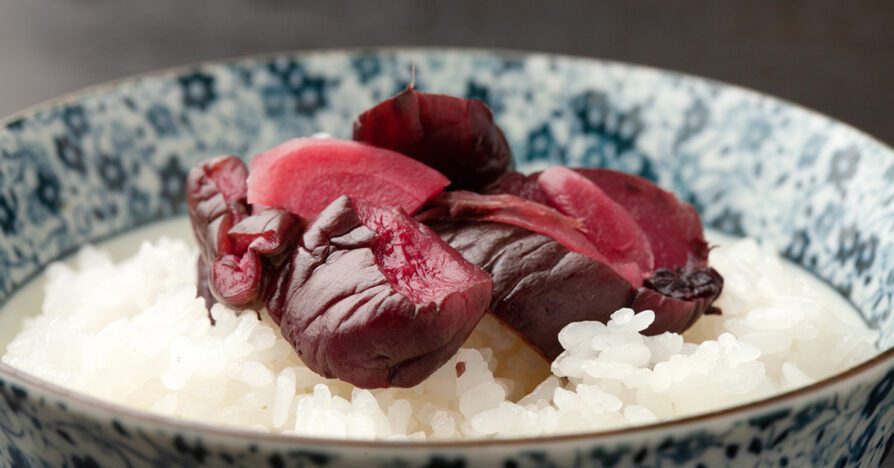
Kyurizuke
Kyurizuke are perhaps the most similar of everything on this list to what most Westerners think of when thinking of pickles. That’s because their base is one ingredient: cucumbers.
But unlike Western pickles, kyurizuke are much less “pickle-y.” That is, the pickling process doesn’t last nearly as long — it can be just half a day — and the basic brine is essentially just kombu, water, vinegar, sugar and salt (although other ingredients can be added to taste). The end result is more emphasis on a bright cucumber flavor that’s enhanced with a slight pickled refreshing tang.
Across the world, there are so many examples of delicious pickled foods that it’s effectively impossible to count them all. Given how tasty they are and how good pickled and fermented foods are for your health, we think they’re all worth trying. And it sure seems to us that Japanese cooks have perfected the art of making them taste extra fantastic.
